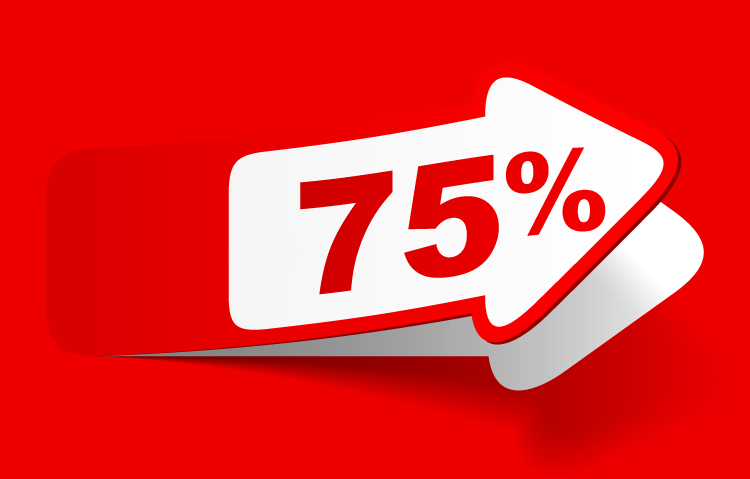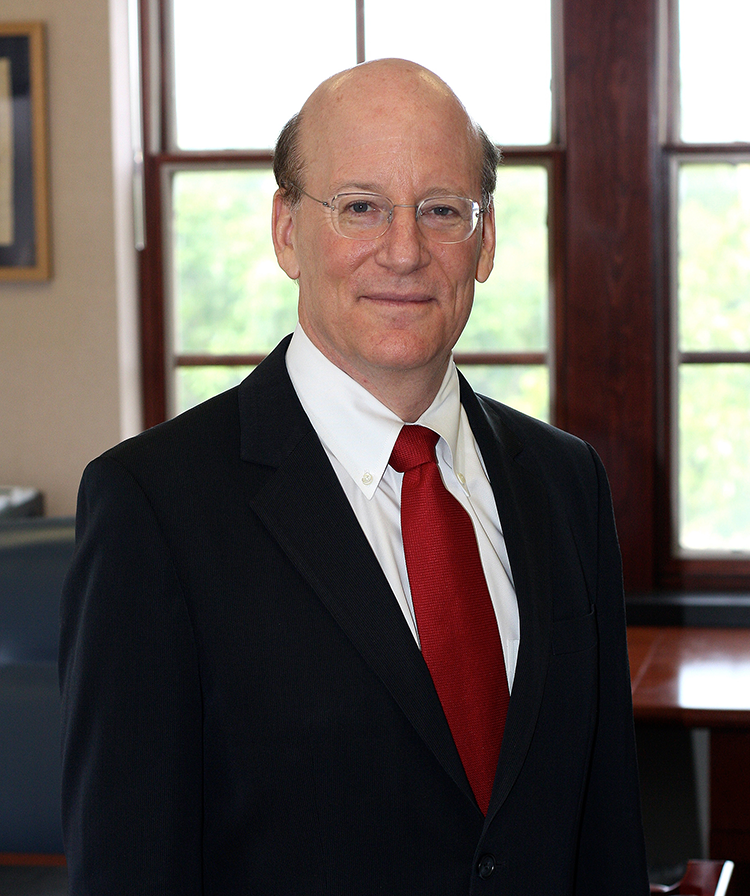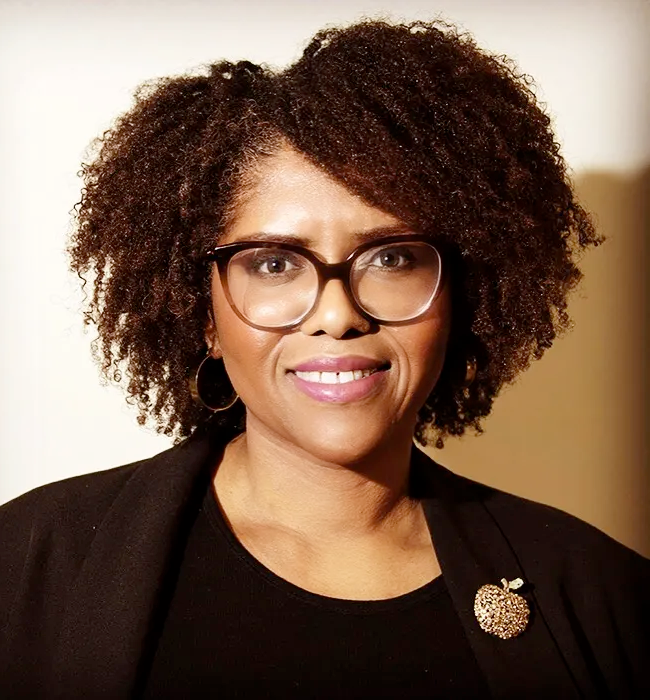How can law schools with history of bar pass issues get their rates above 75%?

Image from Shutterstock.
The University of Dayton School of Law has an accomplishment many see as important—both its two-year and first-time bar pass rates are now above 75%. The law school’s two-year pass rate fell below 75% once, for the class of 2018. This year, the two-year pass rate (based on the class of 2020) is 97.06%, and the first-time pass rate is 75.58%.
“Unless you’re a top law school, it’s hard to get a good bar pass rate without extra classes,” says Mike Sims, president of BARBRI. According to him, since the council of the ABA’s Section of Legal Education and Admissions to the Bar tightened up Standard 316 in 2019, BARBRI has seen a “steady growth” in full partnerships with law schools, with arrangements that include curriculum assessment and bar review paid for by the school, rather than recent graduates.
Sims adds that just previewing the bar for students may be the cheapest approach for law schools, but it’s generally not effective when an institution already has low pass rates. He’s seeing more schools start bar prep through skills classes, which teach topics related to law practice.
“A skills focus is critical; mere memorization is not enough,” Sims says. “The key is knowing how to apply what you have memorized.”
Of the 19 existing law schools that at some point since 2020 had two-year bar pass rates below 75%, Dayton is one of six that has not received public notice of noncompliance. A chart with the data can be seen below.
Bill Adams, managing director of ABA accreditation and legal education, told the ABA Journal that 316 compliance is determined by a law school’s pass rate, and how the council handles noncompliance can vary, with a variety of sanctions.
“Whether a sanction is appropriate, as well as the level of sanction, depends upon several factors; most importantly, whether the school has identified the cause of the noncompliance and is taking steps to remedy it,” he wrote in an email.
Making changes
 Dean Andrew Strauss of the University of Dayton School of Law has overseen a number of changes aimed at improving students’ bar pass rates.
Dean Andrew Strauss of the University of Dayton School of Law has overseen a number of changes aimed at improving students’ bar pass rates.Andrew Strauss, Dayton’s law school’s dean, says they made various bar-pass-related changes since he joined in 2015. The median LSAT for enrolled students in 2015 was 148, and the median undergraduate grade-point average was 3.04, according to the law school’s ABA 509 Report. For 2022, the median LSAT was 154, and the median undergraduate GPA was 3.58.
Also since 2015, the school moved to having multiple assessments in classes, as well as a required, graded bar review course.
Additionally, anyone who receives a “C+ or below” in a core bar class must take a summer online doctrinal review, Strauss says. To complete the review, they must receive an 80% or higher on assessments.
And students seen as being at risk for not passing a bar are “highly encouraged” to work weekly with “mentors,” Strauss says.
“We did call them tutors, but we thought ‘mentors’ sounded better. They’re the equivalent of adjunct faculty,” he explains.
Also, the law school offers free campus housing for first-time bar examinees while they are studying for the July test, along with free breakfast and lunch. The school also offers a supplemental program for vendor bar review courses, which students pay for out of pocket.
According to Strauss, money for the bar prep offerings came from the law school’s existing budget and additional university funds. When he came to the law school, one of his first tasks was setting up a faculty bar-pass committee.
“It was a period where people really were ready for change. Also, some people were getting close to retiring, they wanted what was best for the school and they didn’t feel like there would be any big changes for them personally,” Strauss says, adding that today, more than half of the faculty are people he hired.
“We bring in people with the understanding that the bar will be a priority,” he said when asked whether the changes got much pushback from tenured faculty.
Pandemic impact
The University of the District of Columbia David A. Clarke School of Law, which has had bar passage rates below 75% for its classes of 2017 and 2019, offers a needs-based cost of living stipend students can apply for, and the school covers commercial bar review costs, says Twinette Johnson, the law school’s interim dean. It received public notice of noncompliance with Standard 316 in 2020 and 2022. In 2023, the council determined the law school had demonstrated compliance with the standard.
 Twinette Johnson, interim dean for the University of the District of Columbia David A. Clarke School of Law, is concerned that the changes brought by the pandemic may have impacted students’ bar exam performances.
Twinette Johnson, interim dean for the University of the District of Columbia David A. Clarke School of Law, is concerned that the changes brought by the pandemic may have impacted students’ bar exam performances.For the class of 2020, UDC Law’s two-year pass rate is 80.60%. Its first-time test taker pass rate for 2022 is 33.85%. Johnson, who has an academic support background, thinks the pandemic impacted the class of 2022.
“Pre-pandemic, we were already putting in significant financial resources with regards to bar passage. We also adjusted the curriculum and changed practices,” she says, adding that at the time, UDC law professors agreed to give closed-book exams, to help students practice test taking under bar conditions.
When the pandemic started and there was a sudden shift to virtual learning, that caused some difficulties in maintaining the closed-book policy, Johnson says. According to her they put significant resources toward helping first-time bar takers and repeaters, but because the repeaters are a smaller group, it’s more intense. That includes hiring coaches, who are attorneys, to help first-time takers and repeaters with bar study and confidence.
Not ‘all or nothing’
At Western New England University School of Law, which had a two-year pass rate of 83.33% for the class of 2020, and a 67.16% first-time pass rate, Justin Dion lets law students know it’s “imperative” they work hard to pass a bar on their first attempt, but if they don’t pass, it’s not the end of the world.
“In a lot of graduates’ heads it’s all or nothing, and it can really adversely impacts their wellness and mental health, and their ability to pass a bar,” says Dion, the law school’s assistant dean of academic and bar success.
The law school’s two-year pass rates were below 75% for the classes of 2018 and 2019. It received notice of noncompliance in 2021, and the council in 2022 found that compliance had been demonstrated.
Among its bar pass support offerings are paid mentors, two semesters of bar prep courses and mock bars given to second-year students. They also educate 1Ls about the logistics of the bar, Dion says, and many faculty incorporate bar exam questions into their classes for first-year students.
“We are small enough that not only do I get to know folks, I get to work with them closely,” says Dion. His law school has a total of 336 students, according to its ABA 509 Report.
Two Year Bar-Passage Rates
| Law School | Class of 2017 | Class of 2018 | Class of 2019 | Class of 2020 | Class of 2022 (First-Time Pass Rate) |
| University of Dayton School of Law | 80.22% | 73.33% | 94.05% | 97.06% | 75.58% |
| University of South Dakota Law School | 67.21% | 80.60% | 93.62% | 86.79% | 72.15% |
| University of Puerto Rico School of Law | 78.47% | 77.51% | 69.87% | 71.43% | 68.29% |
| Atlanta’s John Marshall Law School | 66.88% | 75.78% | 81.75% | 78.49% | 67.27% |
| Western New England University School of Law | 75.26% | 64.79% | 74.00% | 83.33% | 67.16% |
| Ave Maria School of Law | 75.36% | 83.58% | 67.21% | 88.41% | 66.22% |
| Faulkner University School of Law | 62.50% | 76.54% | 86.44% | 89.80% | 65.91% |
| Mississippi College School of Law | 72.64% | 73.83% | 78.43% | 83.64% | 65.38% |
| Charleston School of Law | 72.12% | 74.19% | 82.87% | 78.50% | 63.86% |
| Inter American University of Puerto Rico School of Law | 64.49% | 55.43% | 60.00% | 58.58% | 58.82% |
| University of San Francisco School of Law | 76.82% | 63.13% | 81.98% | 87.72% | 58.06% |
| Florida A&M University College of Law | 70.83% | 81.51% | 78.91% | 78.57% | 53.57% |
| Vermont Law School | 75.61% | 82.84% | 67.54% | 77.69% | 53.57% |
| Appalachian School of Law | 77.27% | 80.77% | 73.33% | 71.43% | 51.22% |
| Barry University School of Law | 75.90% | 67.26% | 81.48% | 79.53% | 49.40% |
| Golden Gate University School of Law | 75.00% | 57.50% | 67.00% | 62.71% | 45.38% |
| Western Michigan University Law School | 66.01% | 62.31% | 59.51% | 61.00% | 36.00% |
| Pontifical Catholic University of Puerto Rico School of Law | 70.87% | 72.63% | 45.53% | 72.63% | 35.29% |
| University of the District of Columbia School of Law | 64.06% | 75.38% | 67.24% | 80.60% | 33.85% |
See also:
ABAJournal.com: “Legal Ed data shows decrease in first-time bar pass rates”
ABAJournal.com: “Law school gets extension to meet Standard 316; ABA Legal Ed council posts additional notice on faculty diversity”



